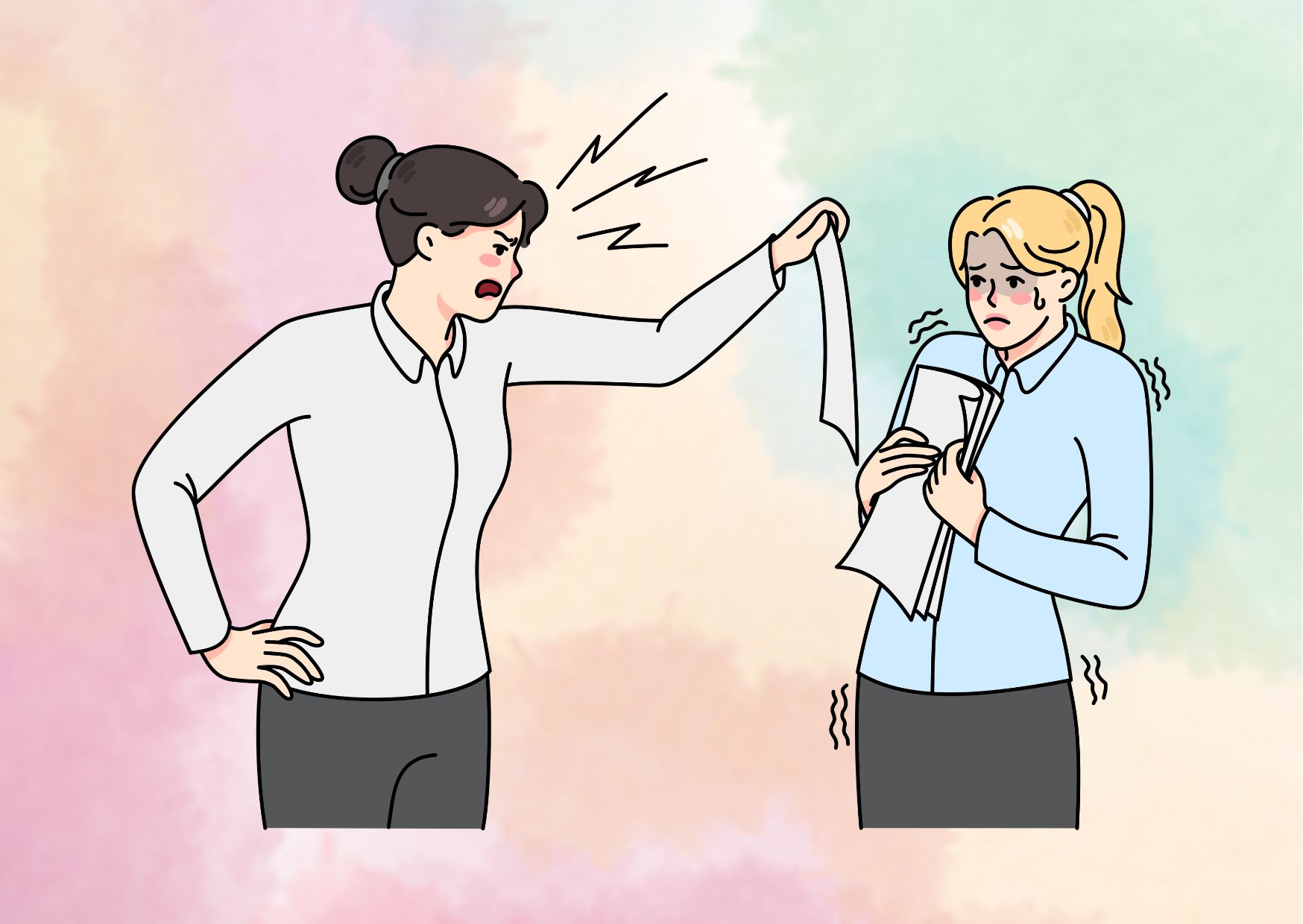Dominant Women in Relationships
The dynamics of relationships have always intrigued society, and one aspect that often sparks curiosity is the role of dominant women. These strong, assertive individuals challenge traditional gender norms and reshape the landscape of romantic partnerships. The concept of dominant women in relationships has gained attention in recent years, prompting discussions about power dynamics, gender roles, and personal preferences in intimate connections.
This article delves into the world of dominant women and their impact on relationships. It explores historical and cultural perspectives, examines the traits of dominant female partners, and analyzes how their presence affects relationship dynamics. By looking at why some men are drawn to dominant women and how these partnerships function, we aim to shed light on this fascinating aspect of human interactions. Understanding the psychology behind dominant women in relationships can offer valuable insights into modern dating and the evolving nature of romantic partnerships.
Historical and Cultural Perspectives on Dominant Women
Evolution of Gender Roles
Gender roles have undergone significant changes throughout history, shaping societal expectations for men and women. These roles are not fixed but evolve in response to cultural shifts and environmental needs. In the past, many societies had distinct expectations for each gender, with children becoming aware of these roles by age two or three. By four or five, most children were firmly entrenched in culturally appropriate gender roles.
Interestingly, some gender stereotypes that seem traditional today are relatively new. For instance, the association of pink with girls and blue with boys is a recent development. Between 1918 and 1940, pink was considered a masculine color, while blue was seen as dainty and soft, making it more suitable for females. Similarly, high-heels were exclusively worn by men in Europe during the Middle Ages, viewed as a sign of masculinity.
Gender roles have also been influenced by societal needs and environmental factors. In many old Native American and African tribes, cultures were matriarchal, with women often serving as leaders, healers, and important community figures. This contrasts with most Asian and European societies, where men traditionally held social and political power.
Cultural Variations in Female Dominance
The perception and acceptance of dominant women vary significantly across cultures. Hofstede’s research on the Masculinity and Femininity dimension (MAS) reveals that cultures with high masculinity scores, such as Japan, Italy, Austria, and Venezuela, tend to have distinct gender roles and discourage active roles for women. These cultures often have moralistic views on sexuality and place restrictions on women’s behavior.
In contrast, cultures scoring low in masculinity (high femininity), like Norway, Denmark, Netherlands, and Sweden, are more likely to have overlapping gender roles and encourage active roles for women. These societies tend to be more accepting of gender equality and have fewer restrictions on women’s behavior.
The United States falls somewhere in the middle of this spectrum, balancing aspects of high masculinity with a strong emphasis on individuality. This balance has led to a gradual shift in gender roles and expectations over time.
Media Portrayal of Dominant Women
Media representation plays a crucial role in shaping societal perceptions of dominant women. Despite progress, gender representation in media often remains skewed towards men, particularly in positions of authority or expertise. The Global Media Monitoring Project reports that female journalists are more likely to be assigned “soft” subjects such as family, lifestyle, and fashion, while “hard” news topics like politics and economy are predominantly covered by men.

